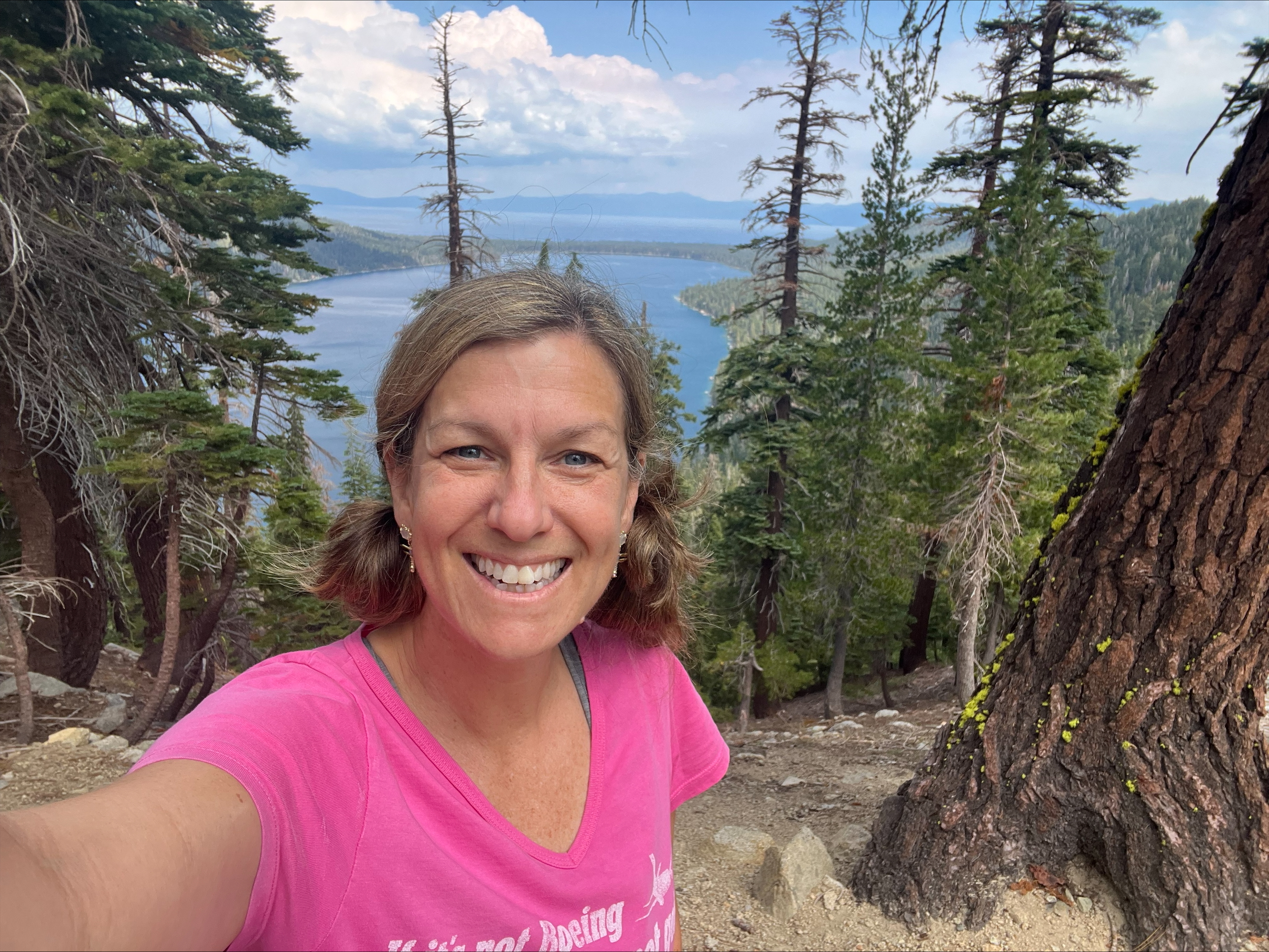These candlelit evenings, ancient hope glimmers like a gift,
gleams for a moment, then falters, slips to nothing
in the circling of the year, our loves still unsteady, our roots
still shallow, every promise a whisper of moth’s wings and still
pending. How long do we chant assiduous prayer, bear
these barely sustaining scraps, shudder with the ache
of all creation? Wrens raise their young in summer’s ache,
salmon spawn and shred, oaks push out leaves and gift
them to the redolent soil. The earth as ever strains to bear
our weight. We plod on, fumbling, learning again that nothing
is untouched, unscathed by us in this world too small still
for anything but love. O that you would rend us to the root,
mend the unrelenting genius of our human paradox whose roots
reach both to the dark insatiant and to the generous ache
that yearns beyond the weary wastelands toward verdure. Still
worse and better and worse, we vacillate, our qualms a scant gift
on the knife’s edge. Machines of power grind on and nothing
seems to change, though we insist history’s scripts do not bear
repeating. While elders intone pious deceptions, youth must bear
their shrouded future, mourn too soon, unearth what hidden roots
remain of kindness, decant what essence of beauty endures. Nothing
is impossible. Each true and gentle word retrieves from the ache
an awakened seed, each prophetic deed becomes a holy gift,
a stitch to heal the universal wound. From numbness, a still-
ness settles. We seek you, O bright darkness, solstitial noon! Still
we long for blazing presence, searing mercy we can neither bear
and live nor live without. Come, bursting fractal, merciful gift
of mystery and love! Come and more than hover, come and root
in rock-hard hearts, ignite us, hurricane us, earthquake our ache,
for we are empty caves, hollow breath, leviathans of nothing.
Forgive our routine praise, songs mouthed when we mean nothing
by them. Hear instead the harmonies that rise from souls still
calloused but tender and new beneath, singing through the ache,
reaching for bread and wine, sharing that we might bear
each other steady, enamored, shivering from crown to root
with the artful puzzle we live, trying to find some worthy gift
to offer. We have nothing much to give. Only what we bear
and grieve and treasure still, a scrap of wonder, remembered roots,
but mostly this obstinate ache. O God: the ache is the gift.
******
Author’s note
It’s not usually a good idea to “explain” a poem. Most writers believe a poem should stand on its own, without apparatus. I usually agree with that, but in this case, because the sestina form is so weird, I thought RJ readers might enjoy a little explanation.
The sestina form goes back to 12th– or 13th-century France (according to Wikipedia) and continues to lure poets into its intricate, tangly web. The form is not based on meter or rhyme but on key words. The poet chooses six key words. Each line of each of the six stanzas has to end in one of the key words, and the key words must appear in a very particular, interwoven order. The final three lines (the “envoy”) gather all six words, also in a particular order.
The result is a kind of obsessive, round-and-round feel, which is why it struck me that Advent is a good time for a sestina. We are aware, this time of year, of the circling of the seasons and of the Christian festivals. They circle around every year, and the older you get, the faster the cycles seem to whirl. For me, the third week of Advent is also the darkest time of Advent, quite literally in Michigan, because it falls so close to the winter solstice. I know we’ve been debating on the blog the most fitting balance of Advent asceticism and Incarnation-inspired cheer in these confusing weeks, but for me, I’m still dwelling in that fearful clash of kingdoms, lamenting the gap between God’s promised redemption and the sorrows and sins still so evident. I look back on my mid-December posts in previous years and notice they are among my bleakest! (I wonder if this might have something to do with being mired in piles of grading this time of year?) Don’t worry: I’ll feel joyful shortly.
Anyway, I wanted to capture the idea that our longing is not a lack of faith, but an expression of faith: the ache is the gift. We long for Christ’s coming because we have heard the promises and fallen in love with them. Even when “conflict thickens, faith is low, and love is waxing cold,” even in those moments when we are left with pretty much nothing but the ache, God reaches out to us and receives that ache as our gift. Jesus enters the empty spaces, and the Incarnation becomes real in us.
Trying to capture all this in a sestina was a fun challenge. It almost felt to me like working through a crossword puzzle. You figure out some key words, you know where they go, and then you have to figure out how to create the interconnections. I was surprised to find that you really do have to work from top to bottom, writing each stanza in order, which is not usually how poems develop. I also enjoyed trying to make every iteration of every key word a little bit different, looping syntax across line breaks, deploying all the shenanigans you have to manage in order to get a sestina to work.
Finally, I challenged myself to keep the poem almost interfaith in its language. This was partly in order to steer clear of Christmas clichés. Also, we have so many gorgeous Christmas hymns that speak the theology beautifully—who could say it better than “He comes to make His blessings flow/ Far as the curse is found”? Mostly, though, I wanted to use this poem again in the Christmas edition of my newsletter, which is always clear about my own Christian faith, but seeks to welcome readers from other faiths as well. Though I believe the ache is answered in Christ, I want to honor that we all feel the ache, whatever faith or no-faith we practice.
For you, RJ readers: may the glimmer of Christian hope gleam long and bright for you this season.
Image credit: terrasanctaguild.com





